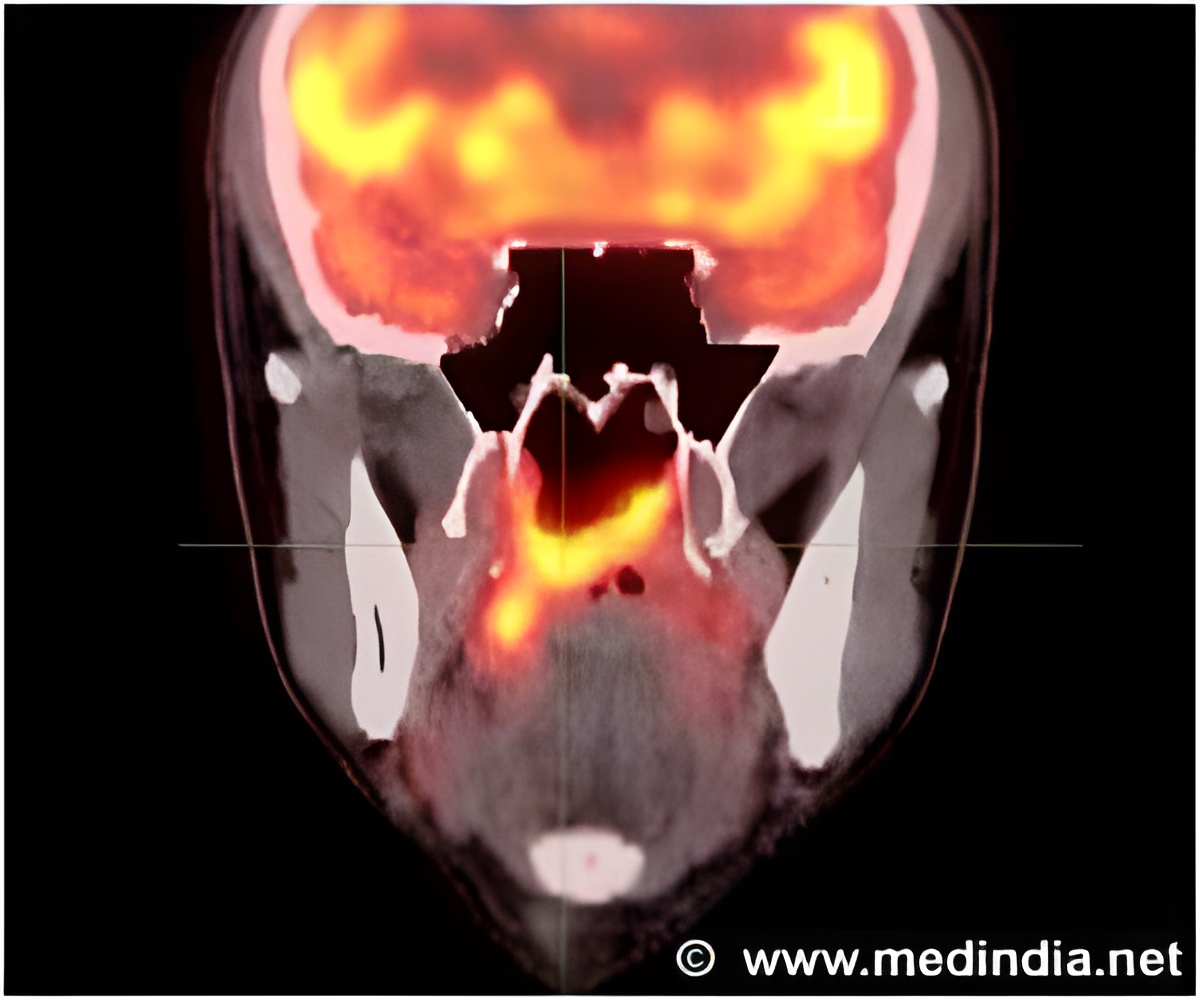
‘New formulation designed for cancer patients reduce the incidence of various side effects. It contains chemotherapy drug and nanoparticles that sensitize cancer cells to radiation, making them easier to kill the cells without causing tooth decay.’
Read More..Tweet it Now
The study, which appears in a recent issue of the Journal of Controlled Release, shows that the formulation is successful in cancer cell culture experiments, in-vivo animal models and mathematical simulations of patient data. Next, the researchers intend to test the formulation in dogs that naturally have head and neck cancer. Read More..
"All previous commercial formulations are not optimized for releasing directly at the tumor under radiation," said You-Yeon Won, a professor of chemical engineering at Purdue, whose lab focuses on improving drug and gene delivery in the body.
"Our formulation has more control and could also be applied to any type of solid tumor, such as those in the breast, prostate, lungs or liver," he said.
The formulation, designed to be delivered to a tumor via a long syringe needle, is a capsule containing a chemotherapy drug and nanoparticles - tiny compounds that sensitize cancer cells to radiation, making them easier to kill.
Once injected into the body and activated by X-ray radiation, the nanoparticles produce UV light, cracking open the capsule coating so that the chemotherapy drug rapidly releases to a tumor. The coating is biocompatible and approved by the FDA.
Advertisement
The radiation also isn't tearing through other tissue, causing problems like tooth decay, because the nanoparticles keep it targeted at cancer cells.
Advertisement
Source-Eurekalert










